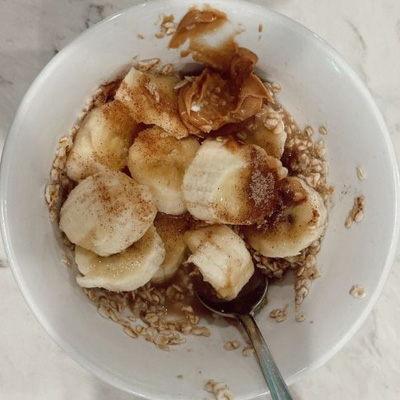
Navigating college life often feels like juggling a million things—classes, work, extracurriculars, and socializing. Amid the chaos, it’s easy to let nutrition take a backseat, but fueling your body with the right foods is key to performing your best. Cooking meals at home might seem daunting on a busy schedule, but with a little planning, it can be affordable, delicious, and surprisingly quick. Here’s how to keep your nutrition on point while balancing college life.
Between late-night study sessions, irregular sleep schedules, and the occasional (or frequent) caffeine overdose, your body needs balanced meals to stay energized. A well-rounded diet can help improve focus, stabilize mood, and boost your immune system—things every student needs!
Tips for Cooking Nutritious Meals
- Stock Your Pantry with Essentials
Having the right ingredients on hand makes cooking at home easier. Start with these basics:- Whole grains: brown rice, quinoa, oats, or whole-grain pasta.
- Proteins: eggs, canned beans, tofu, or frozen chicken breasts.
- Fresh and frozen veggies: spinach, carrots, broccoli, or mixed veggie bags.
- Healthy fats: olive oil, avocados, nuts, and seeds.
- Flavor boosters: garlic, onion, spices, and low-sodium soy sauce.
- Plan Meals Around Your Schedule
- Choose recipes that fit your day. If you’re busy, opt for quick meals like stir-fries or one-pot dishes. On free days, prep meals in batches for grab-and-go convenience.
- Keep It Simple
You don’t need gourmet skills to make nutritious meals. Look for recipes with 5–7 ingredients and easy cooking methods like sautéing, roasting, or boiling.
5 Easy, Nutritious Meals for College Students
- Breakfast: Overnight Oats
- Mix ½ cup oats, 1 cup almond milk, and a spoonful of Greek yogurt in a jar. Add your favorite toppings like berries, nuts, or honey. Refrigerate overnight, and it’s ready by morning!
- Lunch: Veggie-Packed Wraps
- Fill a whole-grain tortilla with hummus, spinach, shredded carrots, and grilled chicken or chickpeas. Roll it up and pair it with a piece of fruit.
- Dinner: One-Pan Stir-Fry
- Sauté your favorite veggies (broccoli, bell peppers, mushrooms) with a protein of choice. Add cooked brown rice and a splash of low-sodium soy sauce. Ready in under 15 minutes!
- Snack: DIY Trail Mix
- Combine nuts, seeds, dried fruit, and dark chocolate chips for a quick, nutrient-packed study snack.
- Sweet Treat: Banana Ice Cream
- Blend frozen banana slices with a splash of milk and a dash of vanilla extract for a creamy dessert that’s guilt-free.
Smart Budgeting for Groceries
- Shop seasonally: In-season produce is cheaper and fresher.
- Buy in bulk: Items like rice, beans, and oats are cost-effective when purchased in larger quantities.
- Use your freezer: Freeze leftovers and fresh veggies to minimize waste.
- Take advantage of student discounts: Some stores offer them, so don’t hesitate to ask.
Make Nutrition a Priority
Cooking at home doesn’t have to be stressful or expensive. With a little planning and creativity, you can make meals that fuel your body and fit into your schedule. Start small, experiment with ingredients, and enjoy the process—your future self will thank you for it!
